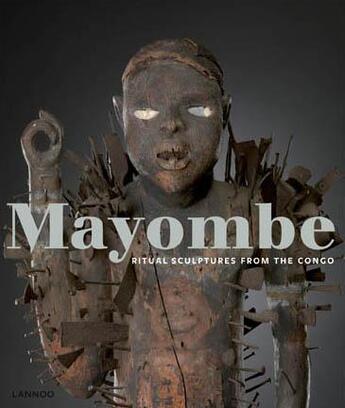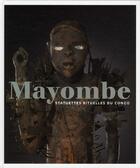-
Date de parution : 28/09/2012
-
Editeur :
Lannoo
-
EAN : 9789020991833
-
Série :
(-)
-
Support :
Beaux livres
Résumé:
Around 1910, Leo Bittremieux, a member of the Congregation of the Immaculate Heart of Mary, lived and worked in Mayombe, a woody area north of the Congo River estuary. He not only carried out missionary work, but also collected hundreds of images and objects produced by the local population, the... Voir plus
Around 1910, Leo Bittremieux, a member of the Congregation of the Immaculate Heart of Mary, lived and worked in Mayombe, a woody area north of the Congo River estuary. He not only carried out missionary work, but also collected hundreds of images and objects produced by the local population, the Bayombe. These pieces were shipped to the University of Leuven, where they ended up in the ethnographic museum, where, among others things, colonial civil servants received their training. Once in Belgium they were moved repeatedly. When the University of Leuven was split into a Flemish and a French-speaking unit in the 1960s, the valuable collection was divided between the two parties. The unique and fascinating images subsequently disappeared for years into the university warehouses and they were only seldom shown to the public. To celebrate the 50th anniversary of Congo?s independence, the M Museum in Leuven will return them into the limelight. The collection will be complemented by a number of major pieces from the Royal Museum for Central Africa. This is a companion book to the exhibition. In addition to an extensive catalogue section, the background and meaning of this ethnography is further explored in a series of short essays. The authors explain the anthropological and historical context, portray Bittremieux and the colonial mission work of his fellow monks, show how and why such statues were collected and exhibited in the past. The essays are illustrated with never-before-published photographs, which is why this book provides a unique outlook, not only on Western collection culture, but also on Mayombe itself, in the early 20th century, at a time when this society underwent fundamental change as a result of colonisation.
Donner votre avis









